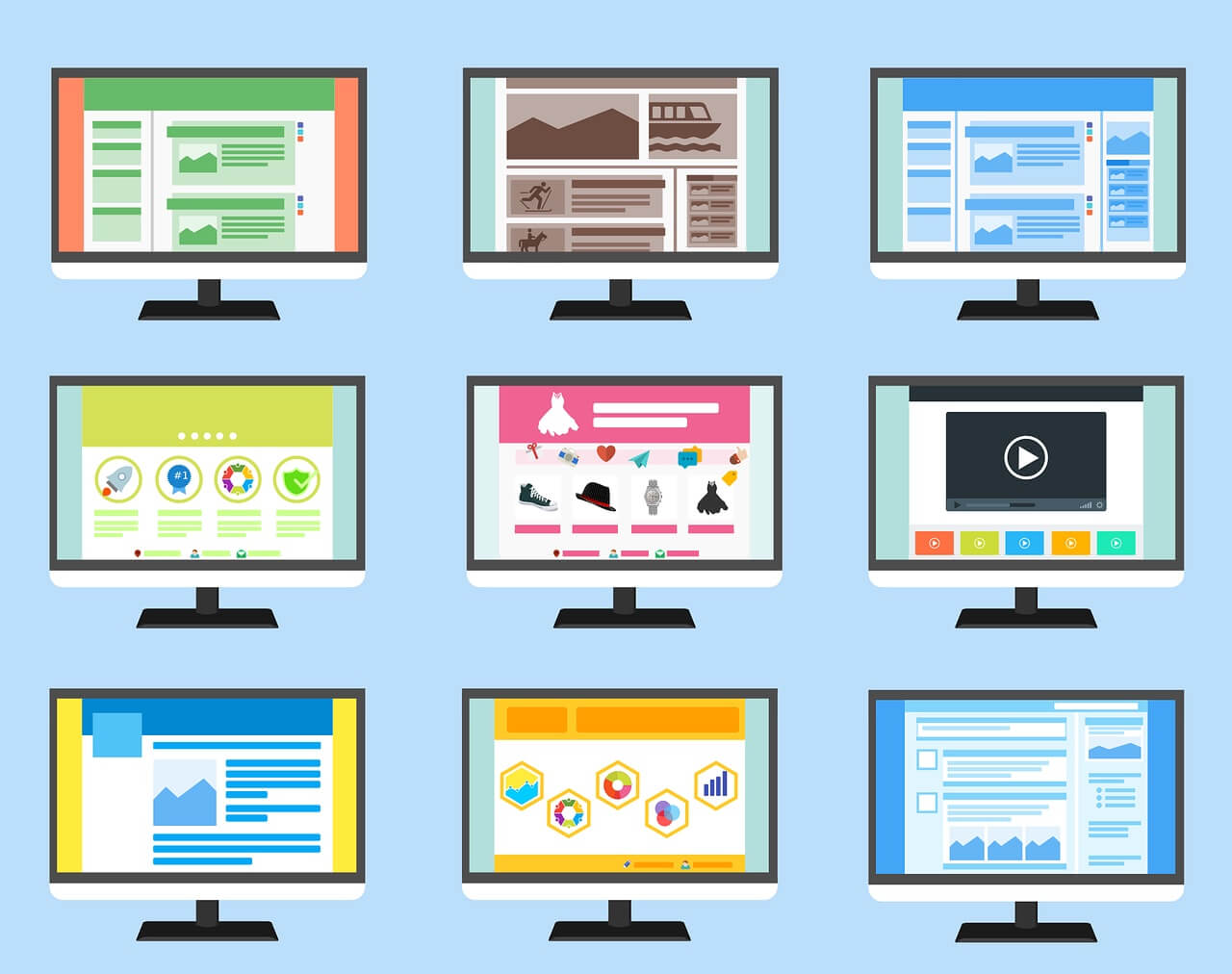As we all know, customer satisfaction is no longer enough to secure brand loyalty – if it ever was!
Companies must strive to go beyond mere satisfaction and aim to delight their customers.
Customer delight refers to exceeding customer expectations to create a positive emotional reaction, leading to stronger loyalty and advocacy.
This post explores the importance of measuring customer delight, its impact on brand loyalty, and practical methods to achieve and assess it.
If you prefer to listen rather than read:
The Evolution from Satisfaction to Delight
Customer satisfaction has traditionally been the benchmark for evaluating customer experiences. However, research shows that satisfied customers are not necessarily loyal customers. According to a study by the Harvard Business Review, 20% of satisfied customers reported they would consider switching to another brand. This indicates that satisfaction alone does not guarantee loyalty.
Customer delight, on the other hand, involves creating an exceptional experience that surprises and excites customers. This emotional engagement fosters a deeper connection with the brand, leading to higher levels of loyalty. A delighted customer is more likely to become a brand advocate, spreading positive word-of-mouth and contributing to long-term business success.
Measuring Customer Delight
Measuring customer delight requires a different approach than traditional satisfaction surveys. Here are some effective methods to assess customer delight:
1. Net Promoter Score (NPS)
NPS is a widely used metric that gauges customer loyalty by asking how likely customers are to recommend a brand to others, on a score of 1-10.
It categorizes respondents into Promoters, Passives, and Detractors. While NPS primarily measures loyalty, it can also indicate delight when customers express a strong willingness to advocate for the brand.
According to Bain & Company, companies with high NPS scores grow at more than twice the rate of their competitors. For instance, Apple, known for its high NPS, has consistently seen strong brand loyalty and customer advocacy.
Trader Joe’s also uses NPS to understand customer loyalty. Their high scores reflect the company’s emphasis on friendly service and unique product offerings, creating delighted customers who frequently recommend the store to friends and family.
2. Customer Effort Score (CES)
CES measures the ease with which customers can interact with a company, including problem resolution and purchasing processes. A low effort score often correlates with higher delight, as customers appreciate frictionless experiences. Gartner found that 96% of customers with a high-effort service experience become more disloyal, highlighting the importance of minimizing customer effort.
Glossier, a beauty brand, simplifies the shopping experience through a user-friendly website and seamless checkout process. Their low customer effort scores contribute to high levels of customer delight, evidenced by their strong customer retention rates.
3. Emotional Response Surveys
Traditional surveys can be enhanced with questions designed to capture emotional responses. For example, asking customers how they felt during their interaction with the brand can provide insights into their level of delight. Emotions such as joy, surprise, and excitement are strong indicators … Click to continue reading









 Juvena of Switzerland: The short message to “Enjoy the smoothness” on the back of the Juvena hand cream sample tube, makes the experience both …
Juvena of Switzerland: The short message to “Enjoy the smoothness” on the back of the Juvena hand cream sample tube, makes the experience both … 










